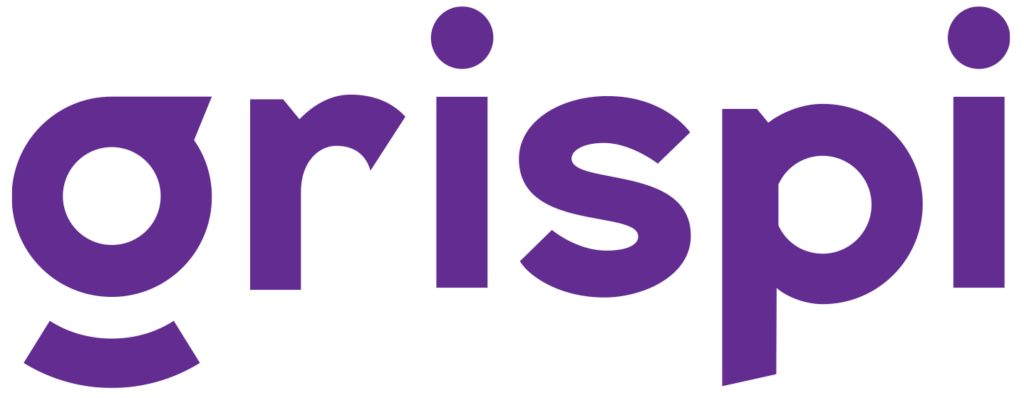Customer Self-Service: Benefits and Tips
- April 9, 2024
Empowering customers to independently find answers and resolve issues not only enhances their experience but also optimizes business resources. This article explores the concept of customer self-service, its advantages, how to distinguish good from poor self-service, and effective strategies to implement it.
What is Customer Self-Service?
Customer self-service enables customers to access tools, resources, and platforms that allow them to solve queries or address concerns on their own, without needing direct help from customer support agents.
Common self-service channels include websites, mobile apps, interactive voice response (IVR) systems, and chatbots. Examples are knowledge bases, FAQs, troubleshooting guides, instructional videos, and community forums where users can seek peer support.

Benefits of Customer Self-Service
Self-service offers significant benefits for both customers and businesses:
24/7 Accessibility: Customers can get help anytime, without being limited by business hours, increasing convenience.
Faster Resolutions: Immediate access to information leads to quicker problem solving and higher satisfaction.
Reduced Support Workload: Routine questions are handled by automated systems, freeing support agents to focus on complex issues.
Cost Efficiency: Lower volume of support interactions results in operational cost savings.
Scalability: Businesses can serve more customers effectively without proportionally increasing support staff.
Consistent Experience: Technology ensures standardized and accurate information across all channels.

Good vs. Bad Self-Service: What Makes the Difference?
Good Self-Service:
Intuitive, easy to navigate, and comprehensive. Uses clear language, multimedia (videos, images), and interactive elements. Continuously improved based on user feedback to meet evolving needs.Bad Self-Service:
Complicated, outdated, incomplete, or poorly designed. Difficult navigation or ineffective chatbots that misunderstand queries. Leads to frustration, dissatisfaction, and potential loss of customers.

How to Offer Effective Self-Service Support
Identify Common Customer Needs:
Analyze support tickets, feedback, and data to discover frequent questions and pain points. Use this insight to create targeted content.Invest in User-Friendly Tools:
Implement intuitive knowledge base software, AI-powered chatbots, and optimize website/app navigation for easy access to self-help resources.Monitor and Optimize Continuously:
Track user interactions and feedback to identify improvement areas. Update content regularly and refine tools to stay aligned with customer expectations.

Bonus Tips to Improve Your Customer Self-Service
Understand Your Customers:
Use surveys, analytics, and support data to tailor your resources effectively.Optimize Knowledge Base Content:
Keep articles up-to-date, organized, and easy to search. Use clear, concise language and visual aids.Implement Intelligent Chatbots:
Deploy AI chatbots that understand natural language and provide real-time accurate answers. Continuously train them based on interactions.Offer Multichannel Support:
Provide consistent self-service options on websites, apps, social media, and messaging platforms for a seamless omnichannel experience.Personalize Experiences:
Use customer data to offer tailored recommendations and proactive help. Enable account-specific services like order tracking.Encourage Feedback and Engagement:
Collect user feedback regularly. Foster community forums where customers can help each other. Reward active contributors.Measure and Iterate:
Define KPIs like usage rates, resolution rates, customer satisfaction, and deflection rates. Use analytics to track performance and refine strategies continuously.

Customer self-service is a powerful approach to enhance customer experience, reduce operational costs, and scale support efficiently. By focusing on user-centric design, leveraging advanced technology, and continually improving based on feedback, businesses can build self-service ecosystems that satisfy customers and differentiate their brand in competitive markets.
Contact Us
Fill out the form for detailed information and demo account, let us call you.
